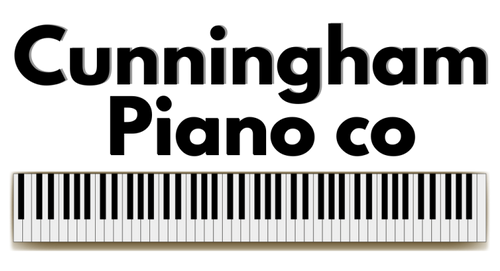Discover the key differences between digital and acoustic pianos, from sound and feel to cost and convenience, to help you choose the right instrument.
For centuries, the piano has been at the heart of music making, from concert halls to family living rooms. Today, musicians choosing their first or next instrument are often faced with a big question: should I buy an acoustic piano or a digital piano? Both offer unique advantages, but they serve very different needs.
What Is an Acoustic Piano?

The acoustic piano, invented around 1700, is essentially a resonant box of strings and wood. When you press a key, a hammer strikes metal strings, which vibrate and resonate through a wooden soundboard acting as a natural speaker. The mechanism is incredibly sophisticated, often described as a system of miniature catapults that transform a small movement of the finger into a wide range of tones.
Acoustic pianos come in two main types:

Grand pianos: Strings are placed horizontally, allowing gravity to assist the action. They produce a fuller sound and faster repetition.

Upright pianos: Strings are vertical to save space. While more compact, they sacrifice some sound projection and responsiveness.
The result is an instrument with unmatched authenticity and a direct connection between player and sound. But acoustic pianos are large, expensive, and require regular maintenance like tuning and regulation.
What Is a Digital Piano?

A digital piano is designed to replicate the acoustic piano experience using modern technology. Instead of strings and soundboards, digital pianos use recordings of real pianos triggered by sensors beneath each key. Early models in the 1980s offered simple snapshots of piano sounds. Today’s instruments, like the Yamaha Clavinova series, use advanced sampling and modeling to reproduce not only notes but also subtle resonances, pedal effects, and sympathetic vibrations.
Digital pianos are lighter, require no tuning, and are typically far less expensive than their acoustic counterparts. Many also offer built-in recording, headphone practice, and app integration that can guide beginners or act as powerful tools for professionals.

Pros and Cons Compared
Acoustic Pianos
Rich, organic sound and feel
Strong sense of authenticity and tradition
Long lifespan when well-maintained
Require tuning and upkeep
Large and expensive
Digital Pianos
Compact, lightweight, and affordable
No tuning or maintenance required
Advanced features for recording, practice, and teaching
Can closely replicate acoustic tone and touch
Lacks the full organic connection of strings and wood
Which One Is Right for You?
Choosing between digital and acoustic often comes down to priorities. If you value tradition, organic sound, and the physical artistry of piano playing, an acoustic instrument may be the right choice. If you prioritize affordability, convenience, and versatility, a digital piano could be the ideal fit.
One young pianist captured the difference perfectly: “When I play a digital piano, it just happens. When I play an acoustic piano, I feel like I am making music.”
Both instruments have a place in today’s musical world. Whether you want the timeless resonance of wood and strings or the practical power of modern technology, the piano remains one of the most versatile and inspiring instruments you can play

